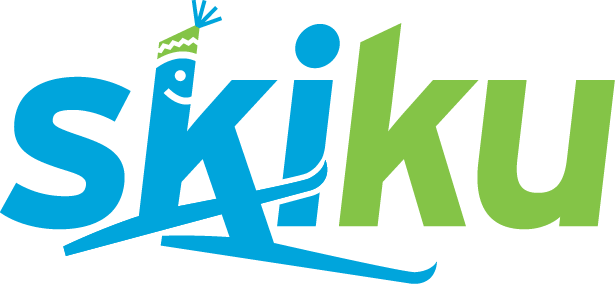In grades 3-5, students will attain mature motor skills, use movement patterns, learn movement concepts and explore fitness concepts. Personal and social skills are emphasized through cooperative activities and the introduction of modified games.
Standard B
Apply movement concepts to the learning and performance of physical activities
- Select and practice a skill in which improvement is needed.
- Use specific feedback to improve performance.
Standard C
Participate regularly in physical activity:
- Consciously choose to participate in moderate to vigorous physical activity outside of physical education class on a regular basis.
- Participate in local physical activity opportunities.
- Choose to participate in structured and purposeful activity.
- Monitor his or her physical activity using a variety of tracking tools (e.g. fitness logs, pedometers).
Standard D
Apply fitness concepts to achieve and maintain a health-enhancing level of personal fitness:
- Participate in selected activities that develop and maintain the health-related components of fitness: muscular strength, muscular endurance, flexibility, body composition and cardiovascular endurance.
- Compare target heart rate and perceived exertion during physical activity.
- Measure, record, and compare the heart rate before, during, and after participation in physical activity of various levels of intensity.
- Engage in appropriate physical activity that results in the development of cardiovascular endurance.
- Recognize that physiological responses to exercise are associated with their own levels of fitness.
- Choose to participate in activities to increase muscular strength and endurance.
- Explain how improved flexibility increases the ability to perform skills.
- Maintain heart rate within the target heart rate zone for a specified length of time during an aerobic activity.
Standard E
Exhibit personal and social behavior that respects self and others in physical activity settings:
- Demonstrate awareness and participate safely when involved in activity.
- Form groups quickly when asked.
- Recognize importance of individual responsibility in a group effort.
- Encourage others by using verbal and nonverbal communication.
- Accommodate individual differences. (e.g. ability levels, gender, ethnicity, disability among people, and physical activities of a variety of actions, culture, and ethnic origins).
- Work productively with assigned or random groups without adult intervention.
- Contribute ideas and listen to the ideas of others in cooperative problem-solving physical activities.
- Act in a safe and healthy manner when confronted with conflict during physical activity.
- Analyze possible solutions to a movement problem in a cooperative physical activity and come to a consensus on the best solution.
Standard F
Value physical activity for health, enjoyment, challenge, self-expression, and/or social interaction:
- Develop self-confidence and a positive self-image in physical activity settings.
- Choose motivators (e.g., music, friends) that will enhance fun and enjoyment in a physical activity setting.
- Participate in physical activities which will allow students to set and achieve individual and team goals.
- Participate with others in a variety of competitive and non-competitive physical activities.


